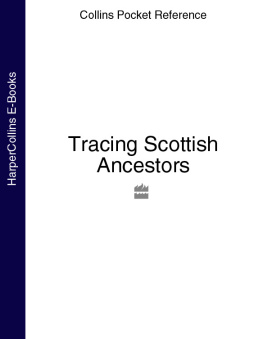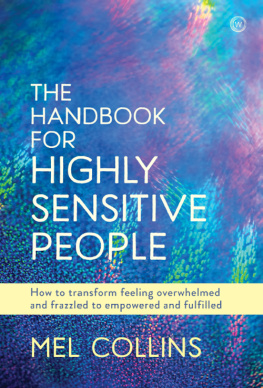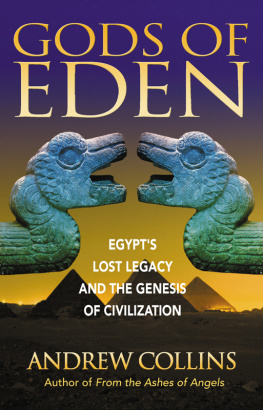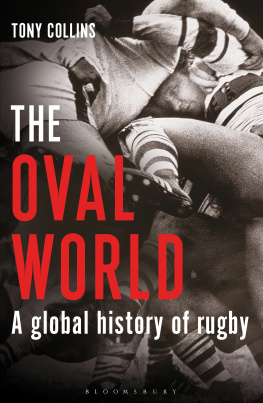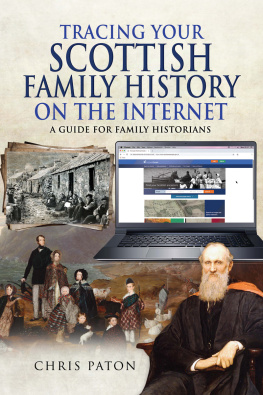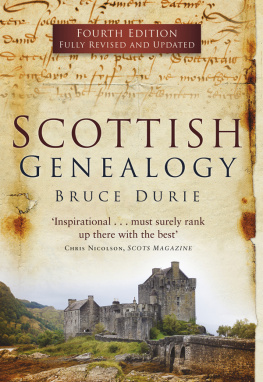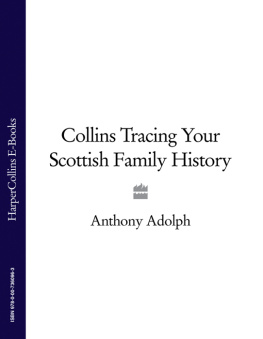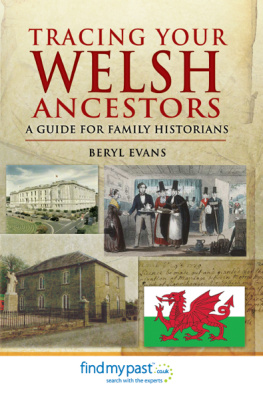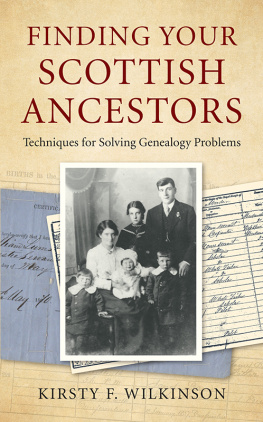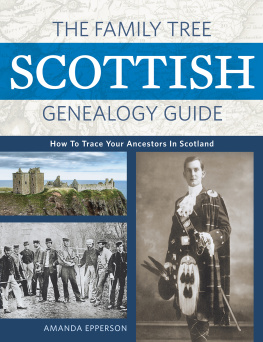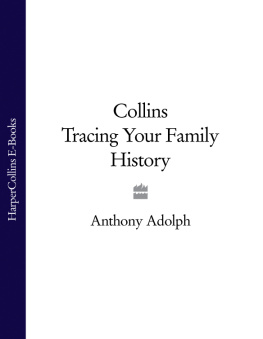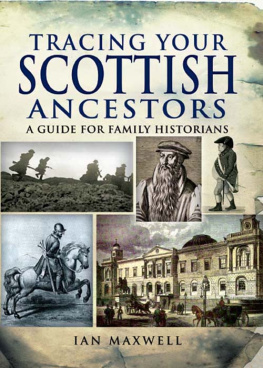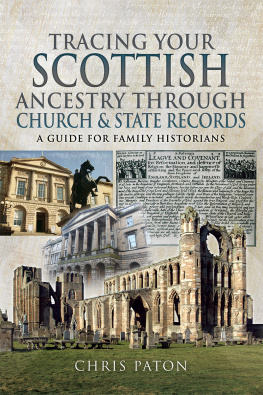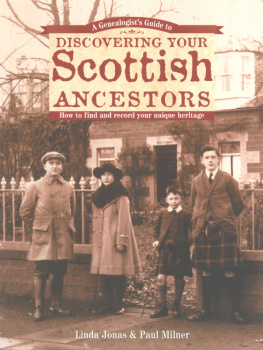COLLINS POCKET REFERENCE
TRACING
SCOTTISH
ANCESTORS
Rosemary Bigwood

C ONTENTS
To my family
in thanks for their patience,
encouragement and enthusiasm.
Smoke of the generations climbing
over peaks of memory of varying value,
the great men and the small
appearing and being lost in the hardship
that squinting fortune gives, or the choice
made by vision and devotion.
Sorley MacLean
The verse on p.8 is an extact from A Poem made when the Gaelic Society of Inverness was A Hundred Years Old by Sorley MacLean, taken from From Wood to Ridge: Collected Poems, Carcanet Press 1989.
HarperCollinsPublishers
7785 Fulham Palace Road
London, W6 8JB
www.harpercollins.co.uk
First published 1999
Rosemary Bigwood, 1999
A catalogue record for this book is available from the British Library
All rights reserved under International Copyright Conventions. By payment of the required fees, you have been granted the non-exclusive, non-transferable right to access and read the text of this e-book on-screen. No part of this text may be reproduced, transmitted, downloaded, decompiled, reverse engineered, or stored in or introduced into any information storage and retrieval system, in any form or by any means, whether electronic or mechanical, now known or hereinafter invented, without the express written permission of HarperCollins e-books.
HarperCollins Publishers has made every reasonable effort to ensure that any picture content and written content in this ebook has been included or removed in accordance with the contractual and technological constraints in operation at the time of publication.
Source ISBN: 9780004723280
Ebook Edition NOVEMBER 2013 ISBN: 9780007556656
Version: 2013-11-04
Embarking on research on family is to start on a journey into the unknown, which may lead you along many unexpected paths. This guide is planned as a practical aid to research to help you find your way, to highlight some of the most important sources which you can use, to select those which are most likely to be relevant to your own research and to give guidance in understanding and interpreting what you discover.
Like all journeys, some pre-planning is important and you will find it rewarding to spend some time assessing what is already known about the family. One of Scotlands chief exports has been its people and therefore in many cases this initial work may take place outside Scotland, establishing the links which lead back to the generations born in that country.
Some people are only interested in finding the names of their ancestors and their dates of birth, death and marriage but most family historians want to put flesh on the bones, to know about the lives of those in earlier generations, where they lived and what they did. This guide, therefore, will include references to sources which will supply this information.
Most families hand down stories about their past. An extraordinary number of people have been told that they are descended from Robert the Bruce, John Knox, Rob Roy McGregor or that one of their ancestors was the daughter of a titled family who ran away with the coachman and thereafter her name was erased from all the records. Such stories are unlikely to be true but should never be dismissed out of hand as there may be a grain of truth in them, though details may have been altered over the years.
CHECK YOUR FACTS
Memory is fallible, and any specific details as to dates, relationships or names of people which you are given must later be checked.
Talking to older members of the family is always rewarding but is a matter which has to be handled with tact and care. Try to plan in advance what you want to know. History starts today and memories of what life was like fifty or more years ago can add an important dimension to a family history. Accounts of schooling, work conditions, home life, or war service will be valued by later generations. Keep full notes of all information you collect or use a tape recorder at the interview. In the Western Isles of Scotland, oral genealogies are still handed down from generation to generation a most fruitful source of information.
Many families have collections of old photographs but often these present a problem as they are not annotated with names or dates. But you may be able to find some clues to aid in identification:
Study the fashions of clothes worn but bear in mind that in country districts and in the case of poorer families, people in the photographs may be not be wearing the newest fashions.
See if there are any clues from the background such as cars, buildings or the studio setting for the photograph. There were various fashions for photographic studio settings which may indicate the date of taking the photograph. There are a number of books which will help Dating Old Photographs by Robert Pols, Photographs and Local History by George Oliver and Victorian Dress in Photographs by Madeline Ginsburgh.
Many family photographs were taken in studios by professional photographers. These will have the name of the studio and the name of the town either on the bottom of the picture or on the back. By checking a local trade directory (these exist for counties and many individual towns from the second half of the 19th century onwards and in some cases go back much earlier) it is often possible to identify the years when a particular photographer was working. This can provide an approximate dating for the photograph. Scottish Trades, Professions, Vital Records and Directoriesa Selected Bibliography compiled by D.R. Torrance is a useful guide to directories.
Old letters can be a source of enormous interest or of great frustration and, like photographs, may pose problems in identifying sender, recipient and persons mentioned (often referred to only by their initials or Christian names).
Medals or inscribed presentations may lead to identification of service records or occupational information.
Newspapers, with their accounts of weddings and funerals, and also of local and national events, are an excellent source of family history. A book of great value to family researchers is Directory of Scottish Newspapers compiled by Joan P.S. Ferguson which lists all Scottish newspapers, showing when they first appeared, when they ceased publication or amalgamated with others, and where copies of the papers can be consulted. Work is being carried out in various areas in indexing the local newspapers. To find out whether indexes have been made, contact the local librarian or archivist of the local authority archive (for addresses of the local authority archives see ).
Family bibles are treasured possessions in some families, including details of births, deaths and marriages. Strangely enough, the details given are not always accurate perhaps because they have in some cases been filled in after the event. Always take time to confirm the information written down there.
Monumental inscriptions on gravestones can be the key to identifying several generations of a family and may include information crossing the ocean. Some tombstones for emigrant Scots in their new homes will detail where they came from or stones in Scotland may commemorate those who left the country. Many gravestones have become unreadable or have been destroyed and only a small proportion of people had a grave marked by a stone but among those that have survived, people of all classes of society are represented. Bear in mind that people were not always buried in the place where they died: the family grave may be found in a burial ground in a different parish.

